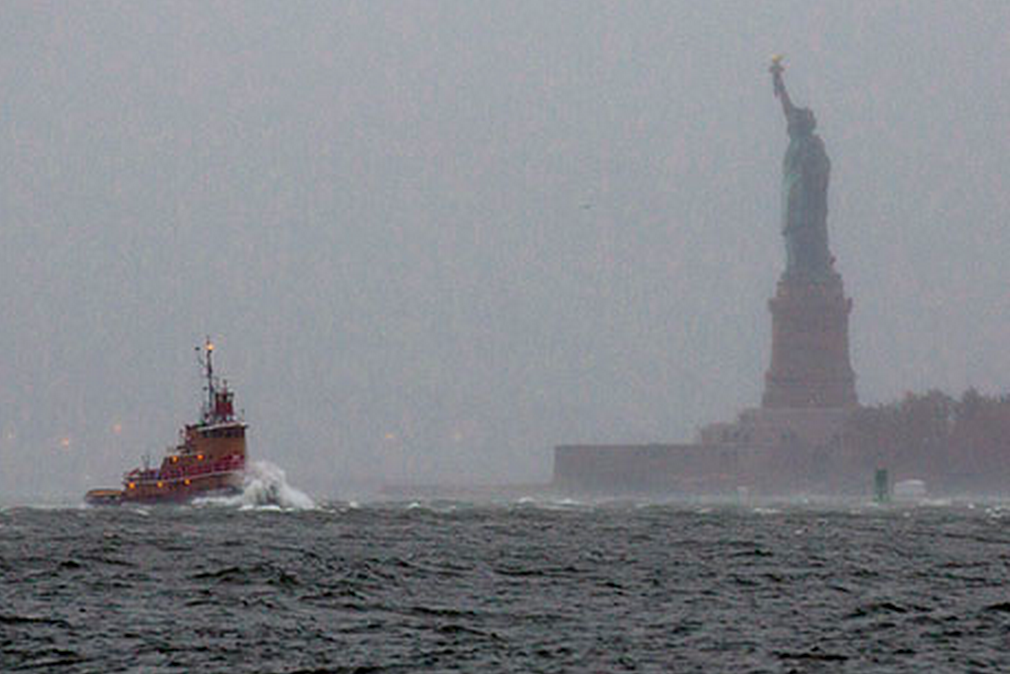When hurricane season comes around, journalists at The Miami Herald start planning.
Reporters are told to keep extra fuel at their homes in case gas stations close. If a storm is imminent, the paper develops alternate distribution routes depending on wind speed and flooding. And editors ensure that their reporters aren’t all using the same cellphone network — that way, if a storm cuts service to a wireless provider, a large proportion of the newsroom will still be able to communicate.
“When you sit down here on the end of the peninsula, all you have to do is sit and look at historical maps of storm tracks, and you have to be prepared,” said Dave Wilson, a senior editor at the Miami Herald.
Compare that preparation with the chaos many news organizations endured two years ago, when Hurricane Sandy hammered the Northeast.
A flood swamped an Internet service provider, temporarily shutting down Gawker Media and Buzzfeed.com. The New York Times reported that the largest newspapers in New Jersey, the Star-Ledger and The Record, both had difficulty printing their Tuesday editions; the Record had to use another press, and the Star-Ledger didn’t print at all.
The New York Daily News was flooded out of its headquarters in the city’s financial district. Nearly a year later they moved back in, Capital New York reported.
And at WNYC, the storm knocked out a transmitter situated in the middle of a New Jersey swamp, taking the station’s AM band off the air for days, said Steve Shultis, the station’s chief technology officer.
Two years later, with hurricane season upon the United States once again, some news organizations are more prepared than they were when Sandy made landfall two years ago.
After their Internet connections went down during the storm, Buzzfeed and Gawker both added redundancies to their hosting, making sure that they could remain online in the event of another service interruption, representatives from those organizations said. Both use Amazon Web Services, a cloud-based hosting service, as their backup.
“We utilize both hosting methods to assure we have the ability to scale and remain online in the event of a disaster,” said Jay Gordon, BuzzFeed’s systems administrator.
At WNYC, disaster-proofing the flooded transmitter took a little more heavy lifting: “We gutted the entire transmitter room and lifted it higher,” Shultis said. They raised it by nine feet to prevent the equipment from being soaked in the event of a future storm.
“It was decimated,” Shultis said.







Comments